Djinnblades
Djinnblades were magical weapons created by Dabhai for Isutan warfare. They were formed by fusing a Starsteel weapon with a special type of magical stone, known as a djinnstone.
Thundersteel Weapons are not Djinnblades
It should be noted that while the Thundersteel weapons created by Hyperius Tiamus Dominus to assist in the Songkram's overthrow of the Ganpoumi Fi were often referred to as djinnblades by Isutan people, they were not actually djinnblades. Djinnblades were specifically the infusing of starsteel weaponry with a magical djinnstone, while thundersteel was a completely different material altogether.
Isutan armies were not only comprised of exceptional combatants, but also ingenious tacticians and craftsmen. Dabhai were specialist warrior-blacksmiths, trained extensively in weaponsmithing, armoursmithing, combat, and magic. They accompanied Isutan warriors on the battlefield, using their skills to cleave foes with their pantakan swords, as well as repairing and forging new weapons for the Nakai . The skill set of a dabhai also grants them the ability to forge djinnblades, one of the most advanced weapons The Eastern Provinces had to offer. These highly magical weapons had the ability to summon primordial forces like fire and water, and were wielded by nakai of the greatest skill. While a single nakai was already a force to be reckoned with, a djinnblade-wielding one could singlehandedly turn the tide of war. Dabhai were capable of forging a wide array of different Djinnblades on the edge of battle, granting Isutan forces a level of adaptability not seen in many other militaries on Legere.
Djinnblade Weapons
While the term "djinnblade" implies a sword or edged weapon, it actually refers to any weapon infused with these magical properties.
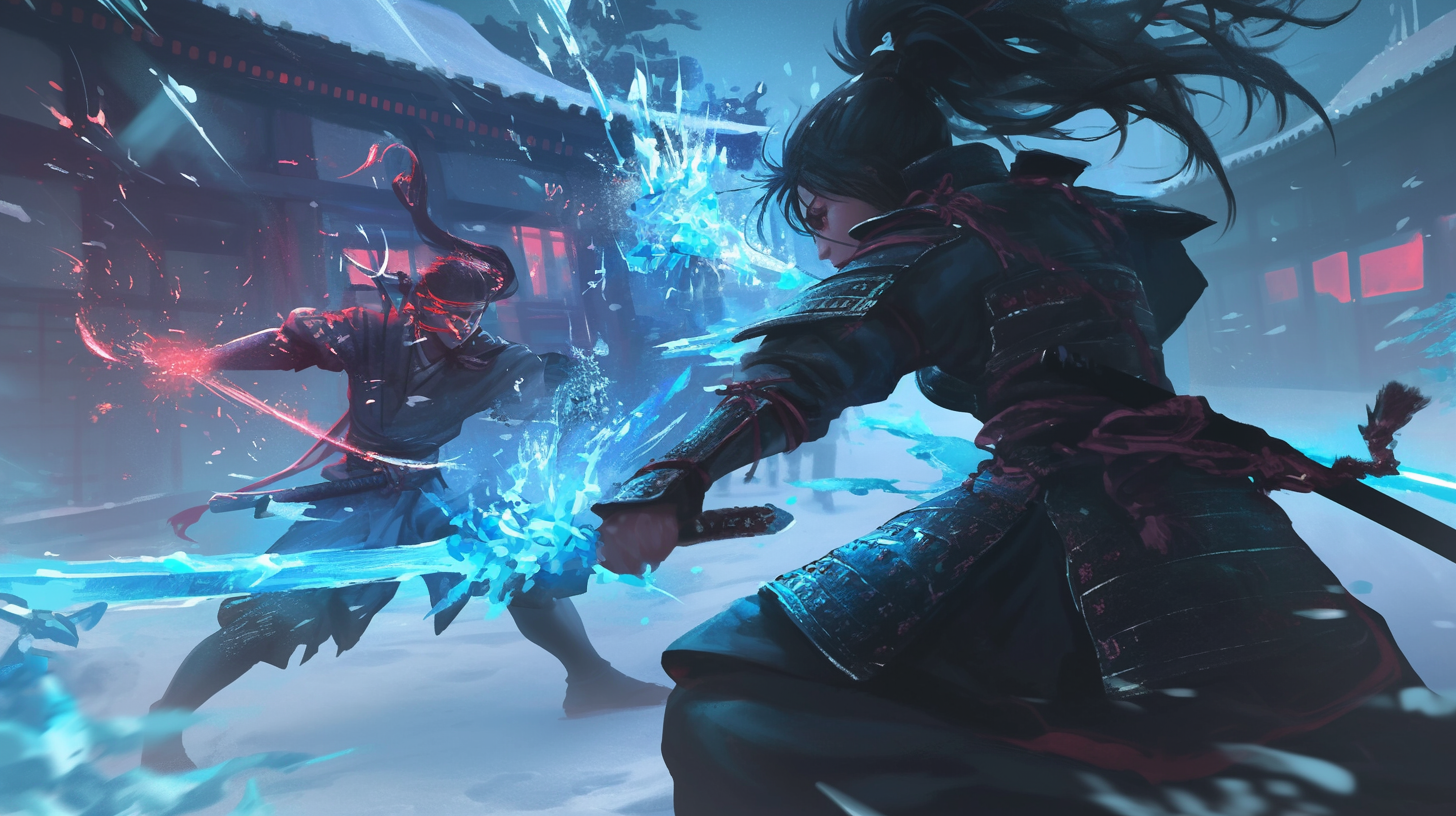
Manufacturing #
Djinnblades required two main components in order to be made: a starsteel weapon and a magic crystal. A magically competent Dabhai could then insert the crystal into a special slot on a specialized anvil inscribed with runes that channel and focus the energies within it into the weapon placed upon it.
Djinnblade Duration #
Conventional djinnblades forged by Dabhai on the battlefield had a half-life of about 8 hours--by the time a day has passed, the djinnblade is nothing more than a standard starsteel Isutan weapon. During the Songkram's reign, more permanent djinnblades were forged out of combat and given to Nakai grandmasters. Grandmasters' djinnblades have enough magical power in them to last a lifetime.
Permanent Djinnblades
A permanent djinnblade designed for use by a Grandmaster required triple the amount of djinnstones if the goal is to imbue it with enough power to last around 80 years. This process also required human blood to act as a conduit and sealing agent to ensure the magical forces are properly and stably contained within the weapon. The process, when streamlined and optimized for efficiency, required 4 liters of blood from a human, all from the same individual. This typically resulted in the execution and subsequent harvesting of blood from a person whenever a new permanent djinnblade was being forged.
The process for permanent djinnblade production was discovered several years before the Demon Wars, but knowledge of the craft was shut down by the Ganpoumi Fi, who denounced the practice as "unnecessary evil for unnecessary power". The Songkram were more than willing to reopen the door of knowledge.
Access & Availability #
Djinnblade forging was protected knowledge, only known by high-ranking Isutan officials and dabhai. Dissemination of the knowledge to the common folk was deemed unnecessary by the Ganpoumi Fi and dangerous by the Songkram.
Usage #
Djinnblades could also only be used by individuals capable of using magic. The weapon did most of the work in the sense that all a warrior had to do when wielding the weapon was focus. Knowing what the weapons are capable of helps in this matter. No formal magical education was required though, which was one of the strengths of djinnblade usage.
Discovery #
Djinnblades were originally formed during the age before the Eastern Provinces unified under the Ganpoumi Fi. During a time of peace, several renowned craftsmen were creating beautiful swords for noblemen to wear as ceremonial/symbolic pieces. One of the craftsmen had unknowingly embedded a djinnstone in the sword's hilt, a jewel that had magical potential.
It wouldn't be until after the Mundane War when the young Ganpoumi Fi conquered Yedom that the power of djinnblades would be discovered. Chen Song was a governor of Yedom who sought to destroy the early Ganpoumi Fi union, but his homestead was overrun and he was slain. As Chen Song's home was pillaged, his sword was taken from its display and added to the pile of weapons being used by the Du Dô warriors.
Later that month, the sword would finally see action as Du Dô forces met the men of Yedom in a field of dry, tall grass. A young conscript took the sword by the handle and attacked an enemy, and while the slash missed its target, the sword spewed a gout of flame that promptly set the field on fire. Both forces retreated from the raging inferno to regroup, however the Du Dô people wanted to figure out how such a weapon could do that. The weapon was retired from battle and locked away for study after the war.
After the bloodshed died down for a period, the Du Dô government attempted to track down the craftsman who had made the sword. They managed to do so, and he in turn led them to the mine of Fuga (which at this point in time was under control by Du Dô). From there, they secured more of the reddish-orange crystals that the craftsman had used to make the first proto-djinnblade. Following this were several years of experimentation until the process of infusing the magic in these crystals into the weapons was perfected. Djinnblades gave an extreme advantage to the Du Dô government which would eventually lead to their ability to unify the Eastern Provinces under the Ganpoumi Fi.
Djinnblade Enchantments #
Dabhai would create different types of djinnblades based on the scenario being faced by their forces. Different theatres of combat, enemy armour, enemy magic, and other conditions could be overcome by a dabhai's quick re-arming of their allies.
There were 6 types of djinnblades. Each type of djinnblade was created with a certain type of magic crystal called a djinnstone. Djinnstones were mined out of Fuga and Shinok, and were only found in the Sangmyung Valley.
Djinnstones had to be cut down into hexagonal units that were compatible with a dabhai's magical forge.
Amokor Djinnblades #
For Scorched Earth & Flushing Out Enemies Amokor djinnblades were capable of generating a constant torrent of fire that swirled around the striking head. Naturally, they excelled at setting foes and structures on fire. Amokor djinnblades projected a blade of flame whenever the weapon was swung, effectively increasing the range of the weapon. While this might not have had much effect against heavily armored opponents, it was an exceptional way of dealing with high numbers of lightly armored opponents.
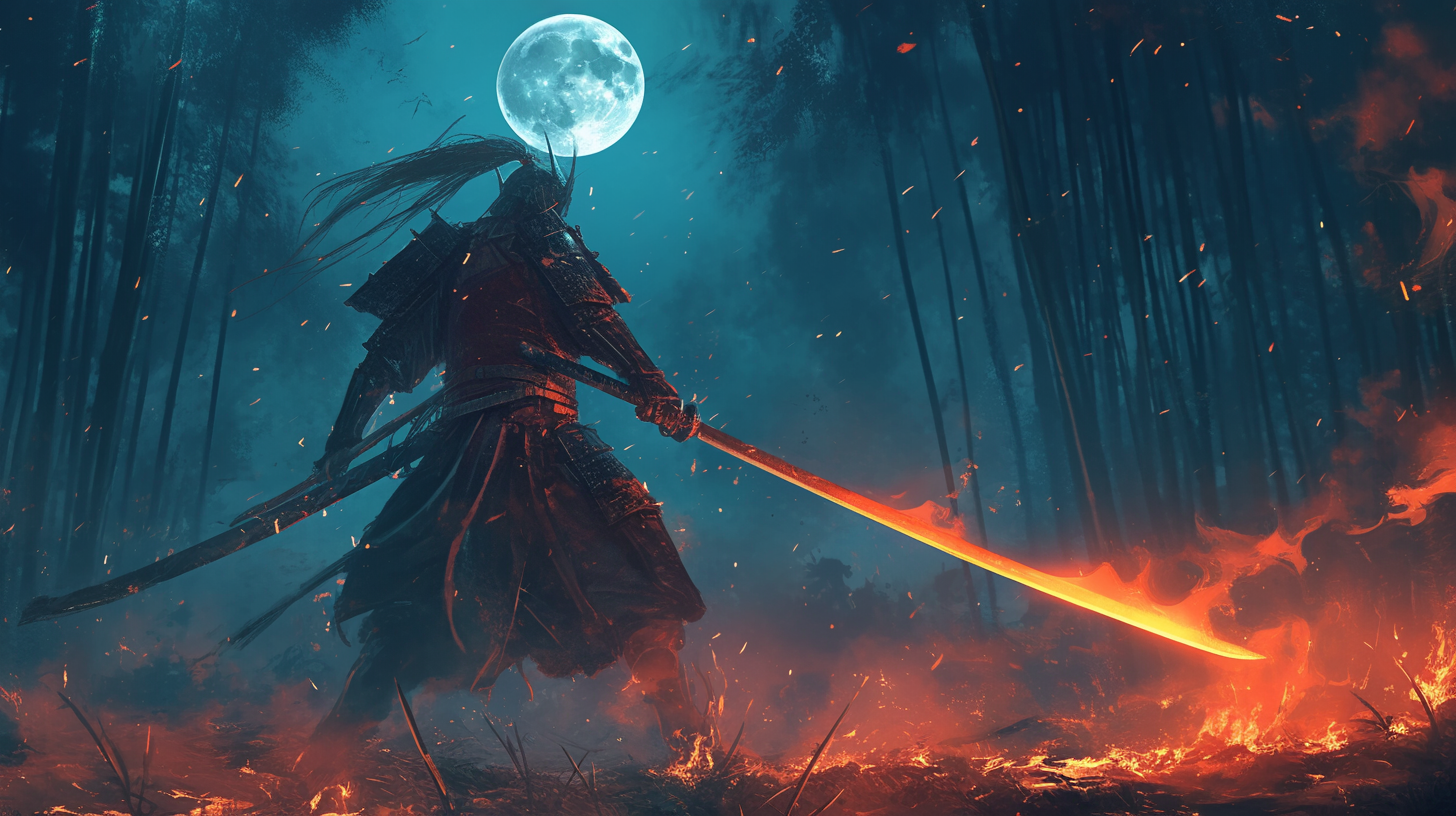
Amokor djinnblades could also "detonate". The wielder simply needed to focus for a moment before throwing the weapon, which would explode into a fiery nova shortly after. This allowed nakai to turn their melee weapons into firebombs at the drop of a hat.
These flaming djinnblades were primarily used by Isutan forces when they wanted to ensure no resources were left behind for enemies to use. They were also good for flushing enemies out from cover. One infamous employment of amokor djinnblades was during the burning of Ailang when the Songkram discovered Ganpoumi Fi survivors were being harbored there.
Anama Djinnblades #
For Overcoming Armor & Other Defenses Djinnblades of water, anama djinnblades had a constant stream of high-velocity water running up and down the blade. This allowed the sword to cut through armor like a hot knife through butter--or perhaps more accurately, a waterjet through anything.
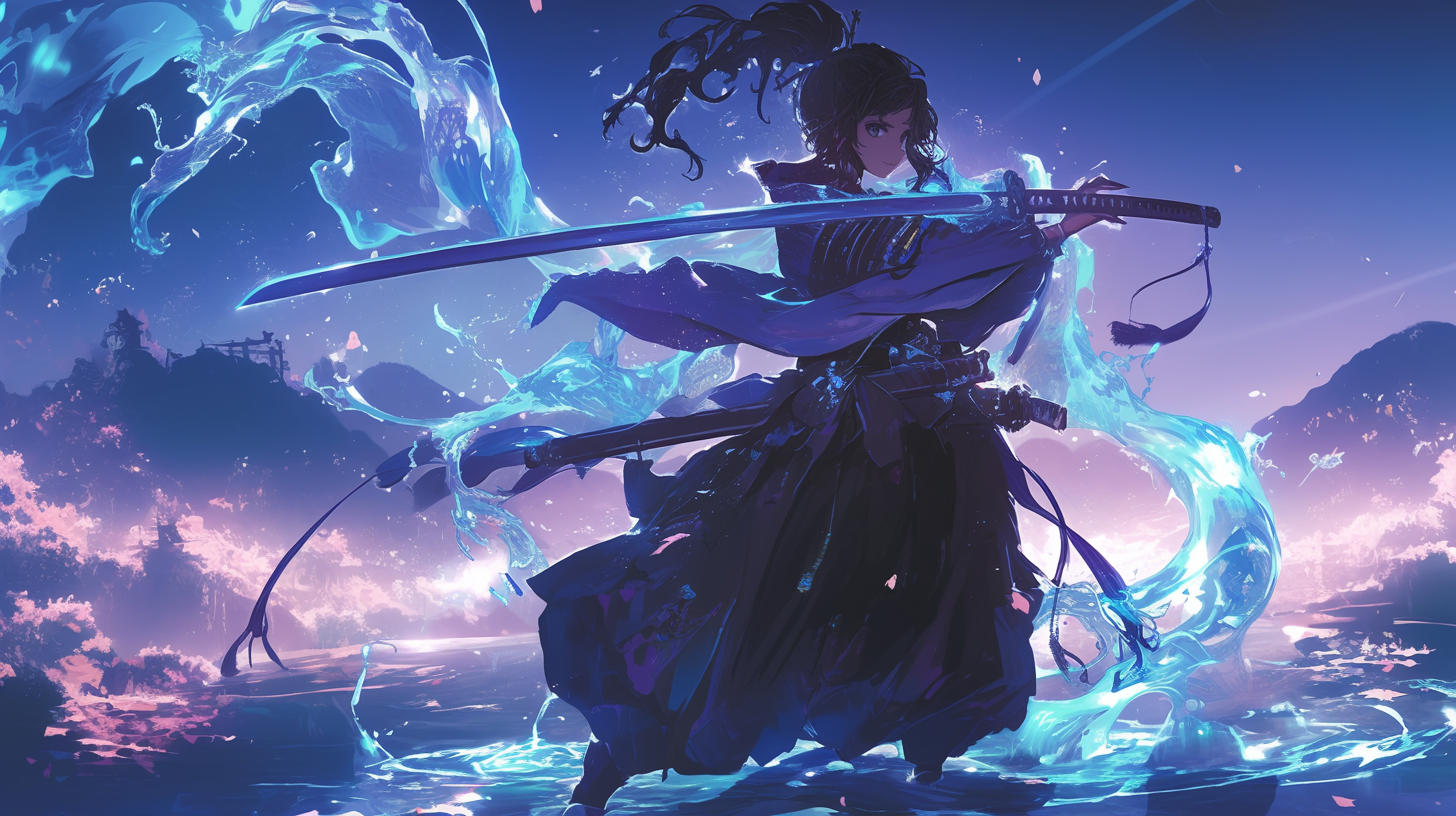
While more expensive to create than other anti-armor weapons, anama djinnblades might have been a worthwhile investment for a dabhai to create, especially if facing consistently heavily armored ranks of enemy forces opponents. Anama djinnblades were also useful against shield walls, cutting through defenses with ease.
Anama djinnblades could discharge their magic by propelling a stream of water with the same pressure and velocity as when it was circulating the blade. This granted the wielder a powerful ranged attack with the only downside being that it was a one-off. This blast was often powerful enough to pierce through both sides of a heavily armored foe, or even through multiple opponents at close range.
Phayu Djinnblades #
For Obscuring Vision & Repelling Projectiles Named after the great Phayu bird of the skies, the phayu djinnblade constantly generated high air pressure as it moved. When used by a large group of nakai, djinnblades could cause potent winds--a whole haka equipped with phayu djinnblades moving in synchrony could cause headwinds or tailwinds, throwing off projectile barrages. Additionally, they could stir up dust storms in the right environment, causing opponents to lack a clear view of the Isutan forces. On a smaller scale, a flick of a phayu djinnblade could kick dirt or pebbles into nearby opponents' faces.
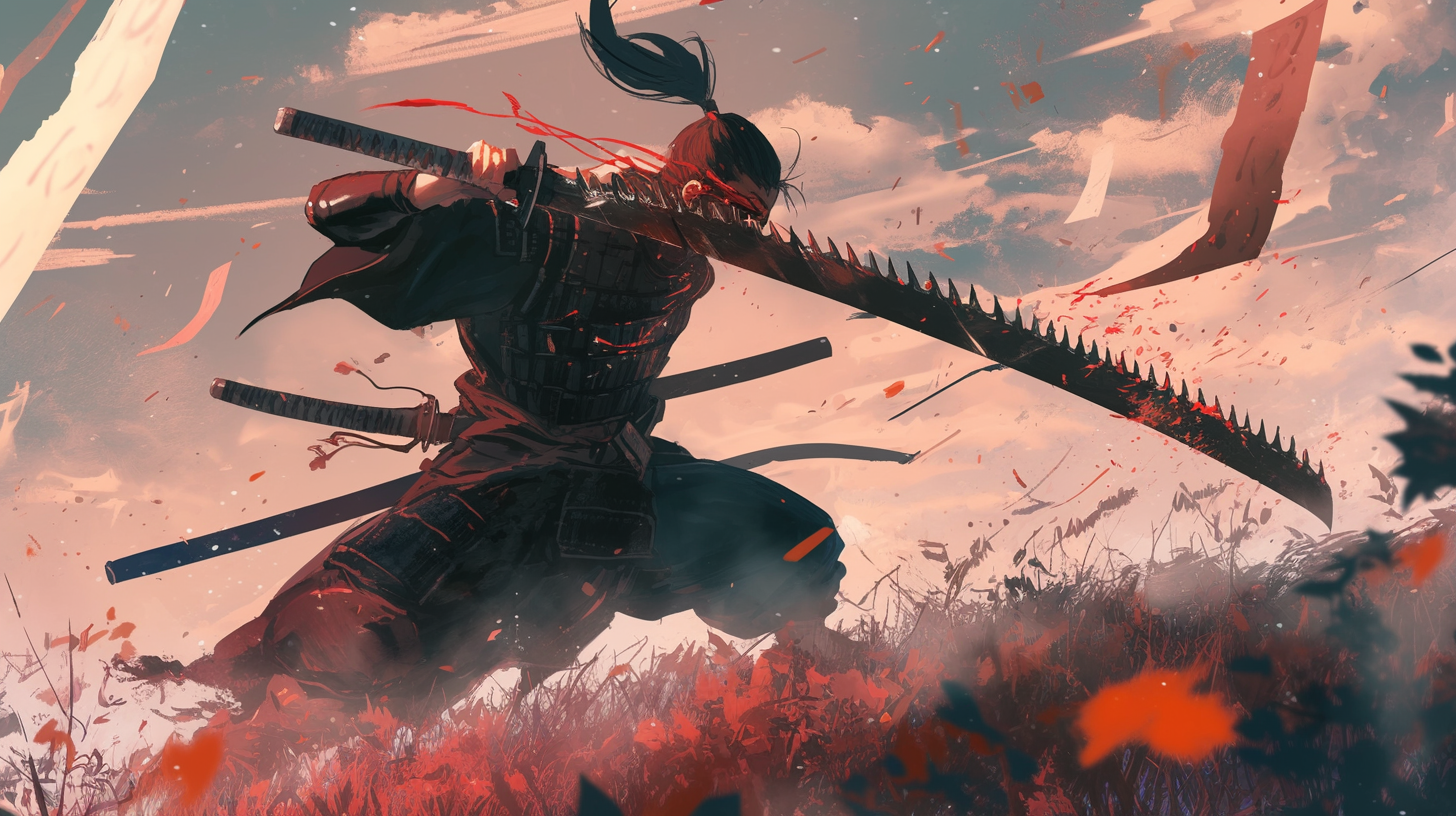
In addition to repelling opponent projectiles, phayu djinnblades could also be used to enhance the range of allied projectiles by granting allied nakai archers a tailwind.
Tornaki Djinnblades #
For Heavy Ranged Combat While nakai were exceptional bowmen, arrows themselves were easily stopped by fortifications, shield walls, and other such defenses. In that case, stronger projectiles might have been needed. Tornaki djinnblades allowed the wielder to summon rocks from the ground to strike at opponents. With greater concentration, the wielder might have been able to levitate and propel boulders. In essence, the tornaki djinnblade allowed a single nakai to become a slingshot or catapult.
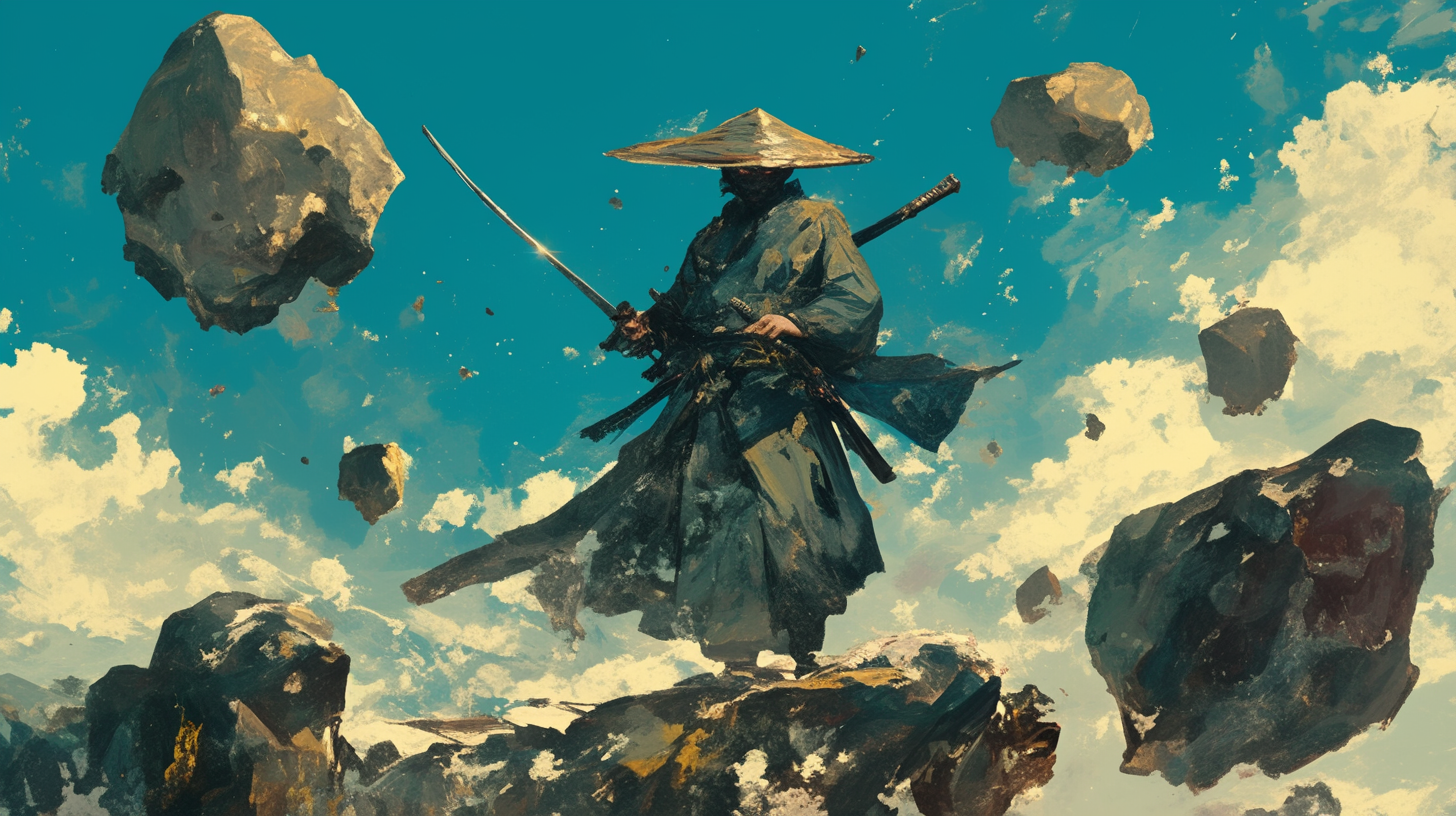
Amokor and tornaki djinnblades would often be combined to deal with enemies in potent cover.
Meshik Djinnblades #
For Impeding Enemy Movement A djinnblade with an icy cold blade. Very similar to Frostbite Weapons, meshik djinnblades supercooled the moisture in the air to form icicles that could be launched as ranged attacks. Meshik djinnblades could also inflict frostbite on flesh wounds inflicted by it.
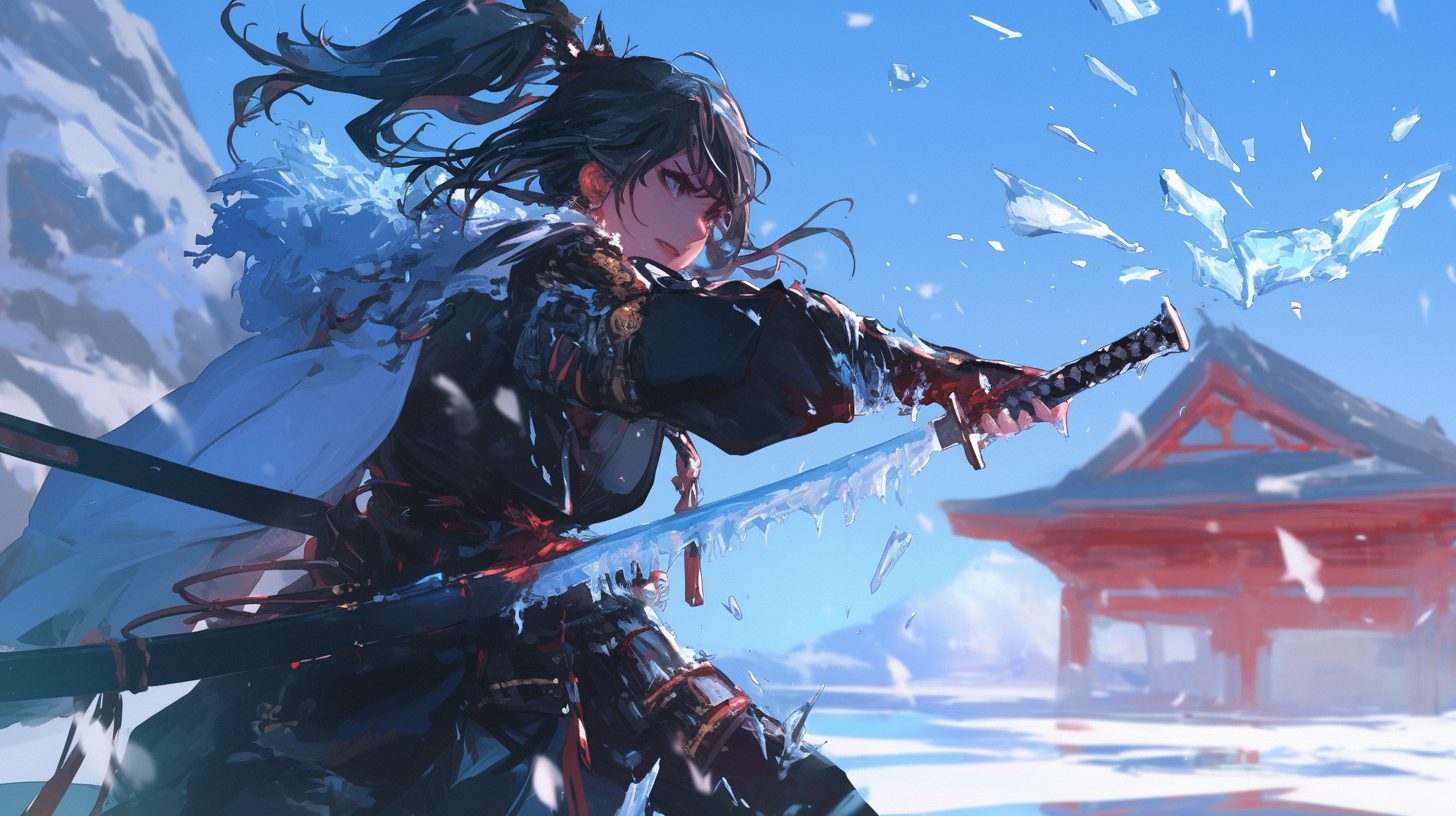
Of course, the true power of meshik djinnblades came from their ability to create large patches of ice or big frozen obstacles. Stabbing a meshik djinnblade into the earth and concentrating could cause patches of ice of varying sizes to form- this could be effective for a situation where Isutan forces needed to perform a tactical withdraw. The icy ground could prevent opposing forces from advancing too quickly, buying nakai more time to retreat while their foes slipped and slid. Alternatively, meshik djinnblades could be detonated in a manner similar to amokor djinnblades. Of course, instead of creating a fiery explosion, the djinnblade suddenly and quickly sucked in all the heat in an area around itself, flash-freezing anything in the area--enemy troops, supplies, mounts, and all. This tactic could be combined with nakai wielding anama djinnblades to create large icy walls or other inconvenient structures--useful for boxing in enemies or preventing them from taking a certain route.
Kwamud Djinnblades #
For Infiltration & Raw Power The rare kwamud enchantment allowed djinnblades to become flooded with dramatic, shadowy power. Kwamud djinnblades allowed their wielder to move unnaturally quickly, greatly amplifying the power delivered by each blow.
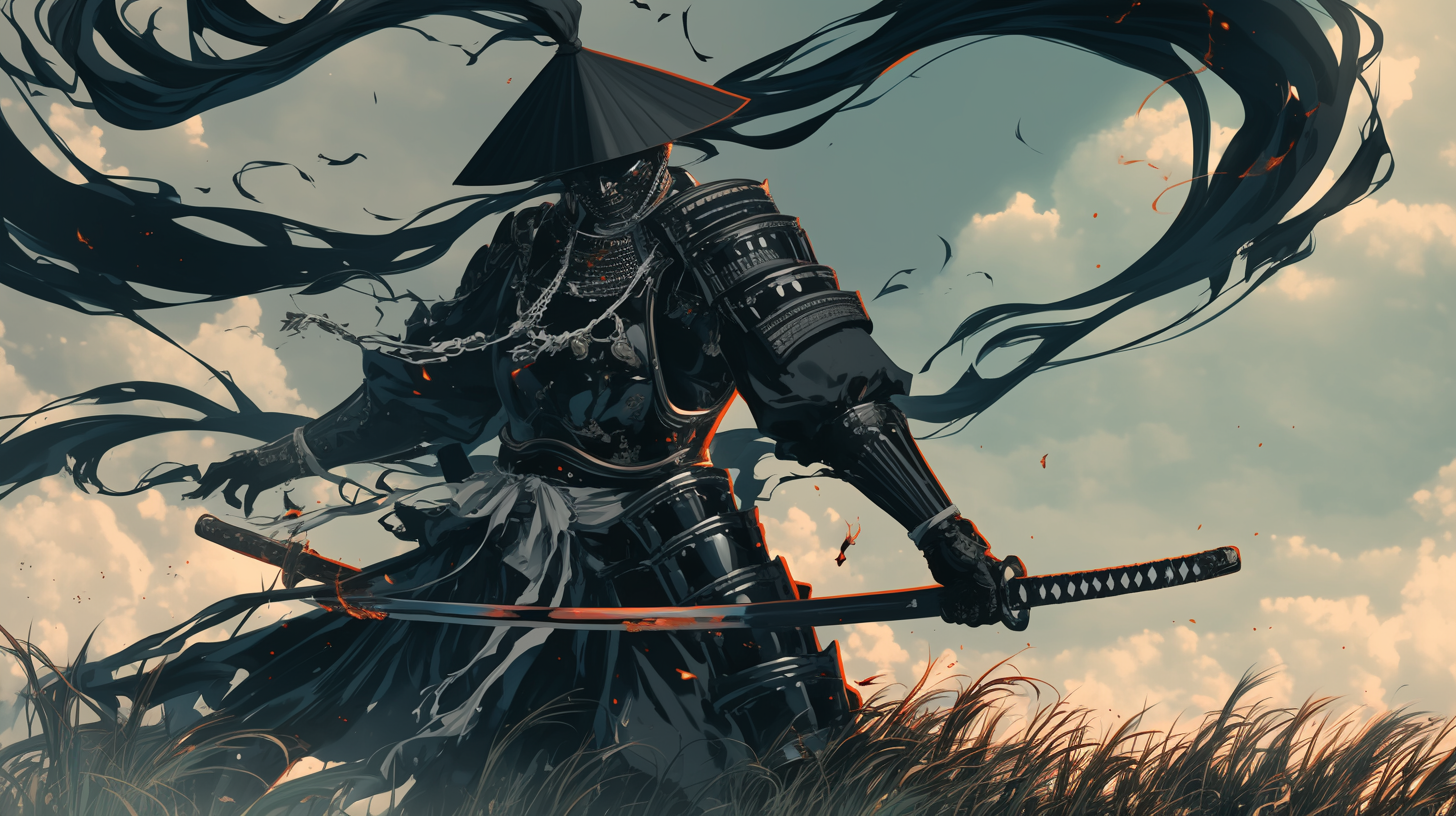
Kwamud djinnblades would be ideal for Khatkir and other agents of subterfuge, but the rarity of the kwamud djinnstone prevented it from being widely used. In fact, the djinnstone was so rare that only two of them had been recovered in the time since the Demon Wars.
- One of these was used by the Songkram Empire to forge a kwamud djinnblade for Lord Koh. Upon his death, Lord Koh's djinnblade was passed down to his son, Lord Koh-Ash. ![[Dabhai#^4b9208]]
- The second of these was discovered by Koa at the bottom of Mong's Bore below Fuga.